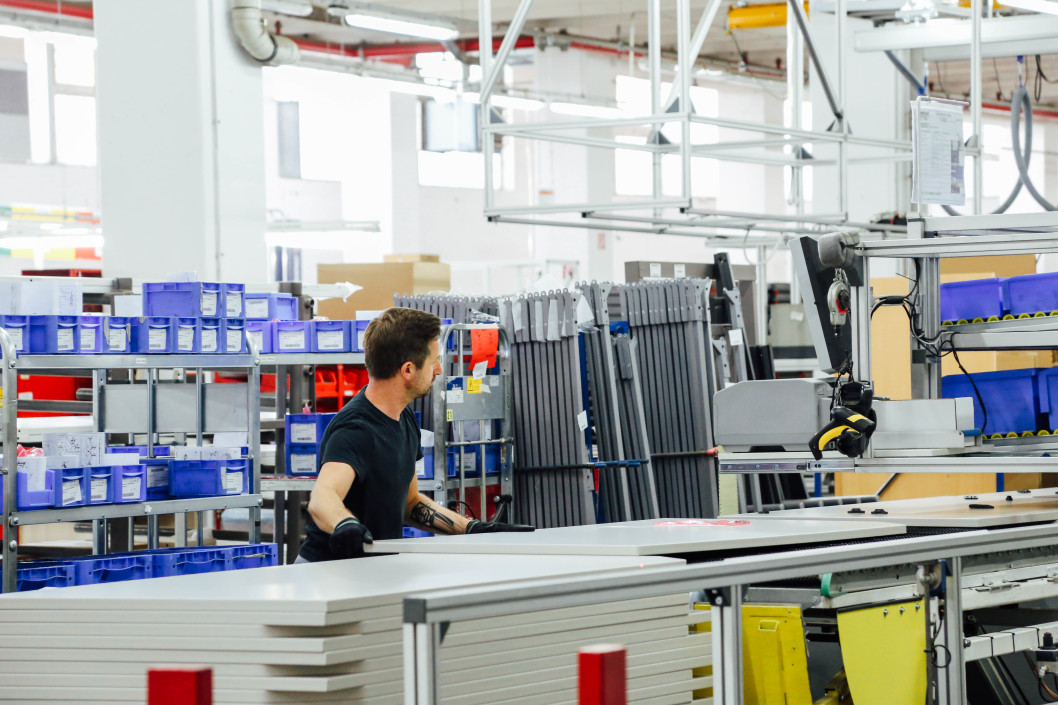In recent years, scholars and policy-makers have shown a renewed interest in civil society. The call to revitalize and empower the mediating institutions that stand between the national government and the individual––from churches to charities to bowling leagues––has been taken up by a diverse array of organizations, intellectuals, and politicians. Many of the same people promote federalism or subsidiarity, the idea that the smallest possible unit of governance should resolve as many issues of public policy at the local level as possible.
Proponents of civil society often lay the blame for mediating institutions’ current weakness on antisocial hyper-individualism and big tech. They also point their fingers at the national government, which they claim has supplanted traditional community roles with its social safety net programs. Though there is a lot of truth in these accusations, mediating institutions face more obstacles than simply external pressures. Towns have poor planning, many churches struggle with corruption, and nonprofits are often inefficiently run. If these structures are to become the new focus of politics in this country, their own inadequacies will have to be addressed.
One particularly good example of the need for internal reform is in urban design. The physical structure of a city plays an important role in determining the strength of its social fabric. According to AEI survey data, people with easy access to local amenities are “more content with their neighborhood, more trusting of others, and less lonely” than those who do not. Unfortunately, since the end of World War II, the standard American city has become anything but accessible. In fact, the modern approach to urban design has been harmful to the social fabric. Today’s towns and cities are built at unsustainable rates of growth, they are built to be navigated by car rather than by foot, and they actively encourage centrifugal economic activity that damages local communities and the federal system.
We’ve all heard the term “sprawl” used to describe urban development, but it’s a fairly new way of growing cities. For most of human history, settlements were built incrementally over long periods of time. Buildings were made to last, and they were also made to serve different purposes, housing people and businesses. This organic growth pattern, when partnered with city plans designed for authentic human community, produced environments uniquely tailored to people’s needs.
In contrast, the modern town is planned out in advance by municipal ordinance and then built to a finished state with large-scale developments. This approach to urban design was standardized during the 1950s, as economists held over growth-oriented policies from the Great Depression to prevent the U.S. from backsliding after the conclusion of World War II. The economy boomed, and policies were enacted, creating an abundance of restrictive zoning codes. We don’t live in the 1950s anymore, though, and living in this kind of city is now far from ideal.
Not only is modern urban development financially insolvent––it’s financed on sheer growth and is often less than 10% as productive as traditional development––it also depletes social capital. When the world you live in is only navigable by car, you have very few meaningful interactions with people outside of your existing social circle. With limited access to amenities, local businesses and institutions become more difficult to invest in. Why drive to your town’s independent bookstore when it would be more convenient to visit the Barnes & Noble, which has a predictable selection and better air conditioning? For that matter, why not just order a book on Amazon and avoid the car trip altogether? That a sprawling city populated by strip malls and big-box stores engenders isolation and mistrust, as supported by the aforementioned data from AEI, makes sense. And for the countless Americans who live in such cities, myself included, it’s a lived experience.
The rise of suburbia in particular has damaged our cities’ social fabric. When ordinances and social norms incentivize all middle- and upper-class housing to be built in secluded communities near the city limits, the only people left in urban centers are those who can’t afford or are for some other reason unable to move away––in other words, the poor. This contributes to the expanding class divide in America and, tragically, prevents many racial minorities from rising out of poverty, especially as geographical proximity to the middle class is a key factor in encouraging economic growth. It’s no surprise that most of the violent unrest sweeping this country has taken place in urban centers.
I believe a greater emphasis on mediating structures is what the U.S. needs right now, and therefore I see the renewed interest in localism and federalism as a good thing. However, it’s a mistake to assume that the only obstacles the institutions of civil society face come from hyper-individualism, big tech, and big government. As the example of urban design shows, there are serious internal problems that are preventing towns, churches, and nonprofits from serving the communities they need to. I hope and pray that we will be able to overcome those problems in the coming decades, so our local communities and federal society can begin to genuinely flourish.



